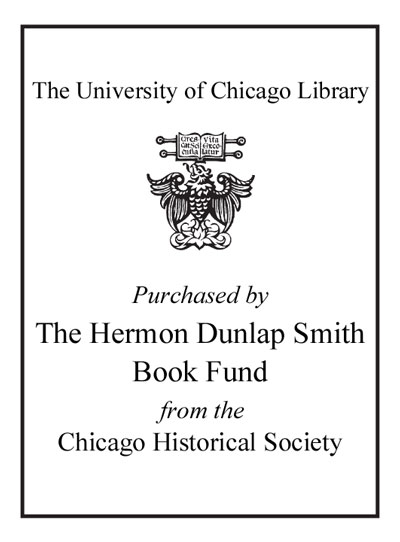Review by Choice Review
This massive tome of 23 chapters in 6 sections written by 39 scholars defines and characterizes the Archaic period, c. 10,000 to 1000 BCE, for midcontinental North America. This lengthy time period is the setting for the transformation of Native American lifeways from small, dispersed populations scattered across the landscape into large, sedentary, mound-building groups in the southern Mississippi River valley. Explored are definitions of the Archaic period and social theories about its lifestyles, as well as subtheories concerning the best ways to scientifically examine its archaeological resources. The physical characteristics of the human populations and burial modes from simple, single internments to the complex burial mounds of the Late Archaic are outlined. Chapters examine in detail transformations in technology, including the development of elegant lithics like bannerstones and diverse projectile point styles, the beginnings of the ceramic arts, the early manipulations of plants leading to their domestication by Native North American peoples, and the rise of the mound-building Indians of Poverty Point, Louisiana, and the American Southeast. Other chapters explore the nature of the Archaic in individual states like Iowa or Wisconsin, or of subregions like the Ohio River valley, and present an overview summary. Summing Up: Recommended. Upper-division undergraduates and above. P. J. O'Brien emeritus, Kansas State University
Copyright American Library Association, used with permission.
Review by Choice Review

